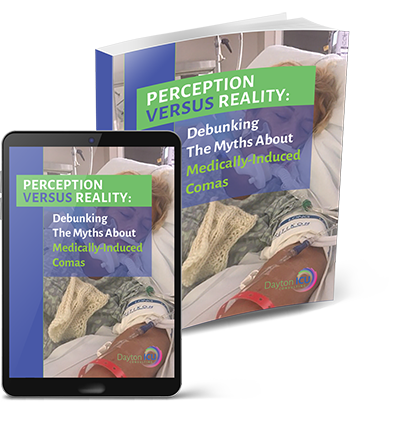This presentation addresses all the causes of delirium, as well as the risks of each common sedative used in the ICU. The financial burden and impact on outcomes of delirium are presented. Your audience will hear about the role of family and mobility for the prevention and treatment of delirium.
Videos from survivors of sedation and delirium show what it was like under sedation and what life with post-ICU PTSD and post-ICU dementia is like for them now.
About the Author, Kali Dayton
Kali Dayton, DNP, AGACNP, is a critical care nurse practitioner, host of the Walking Home From The ICU and Walking You Through The ICU podcasts, and critical care outcomes consultant. She is dedicated to creating Awake and Walking ICUs by ensuring ICU sedation and mobility practices are aligned with current research. She works with ICU teams internationally to transform patient outcomes through early mobility and management of delirium in the ICU.
LEARN MORE




